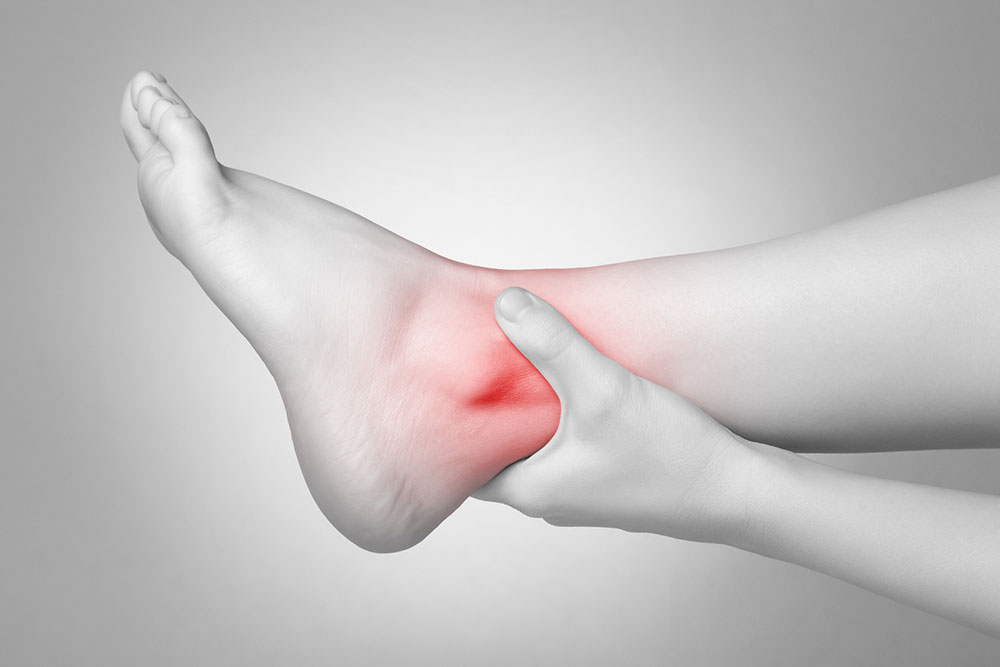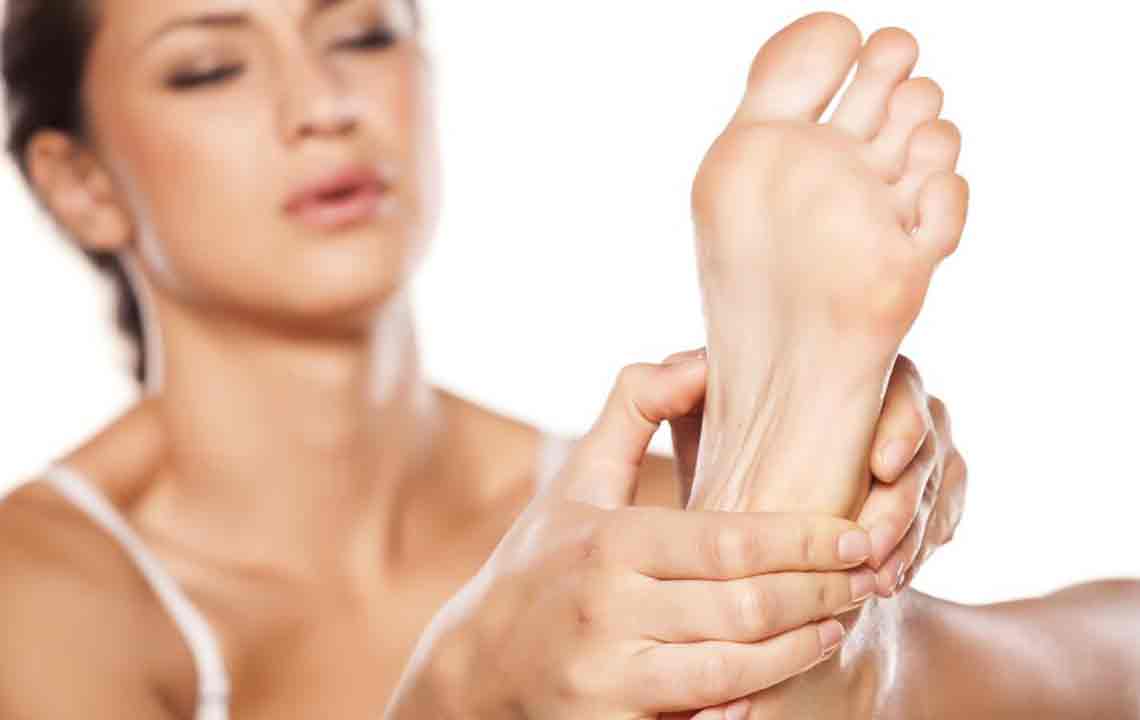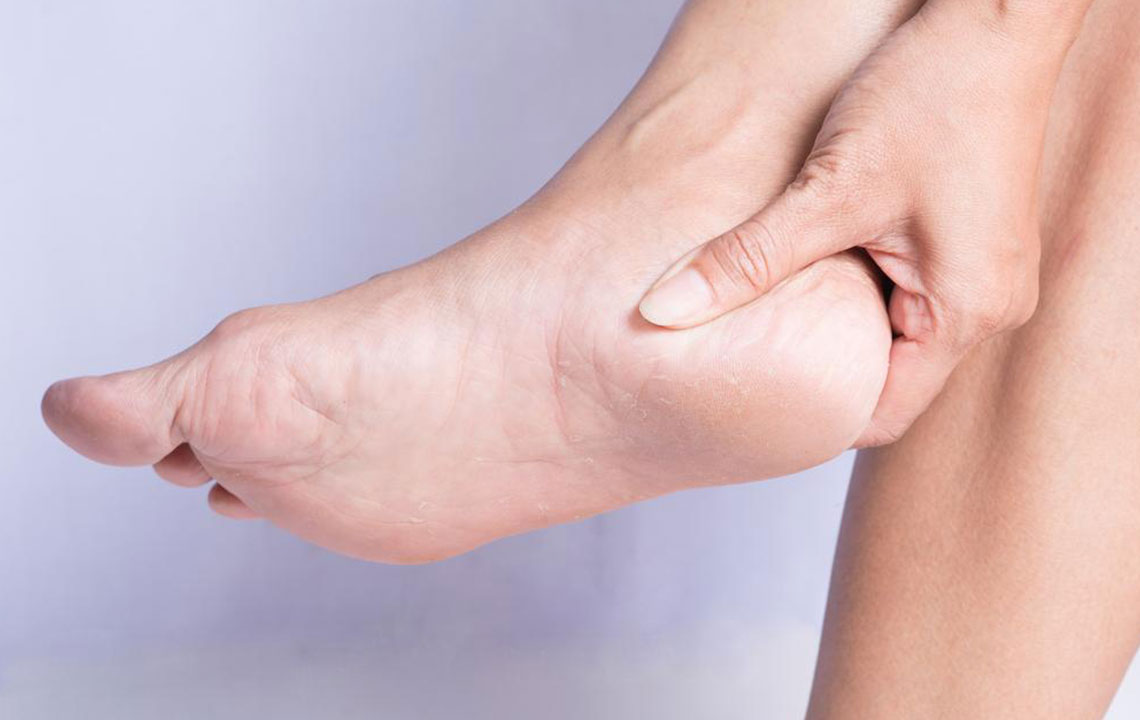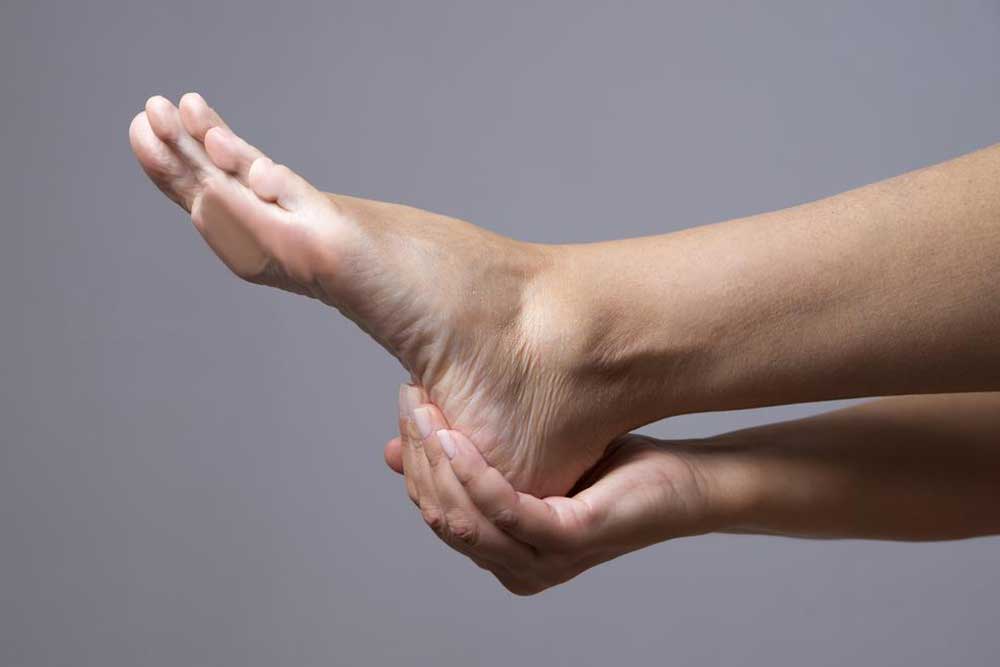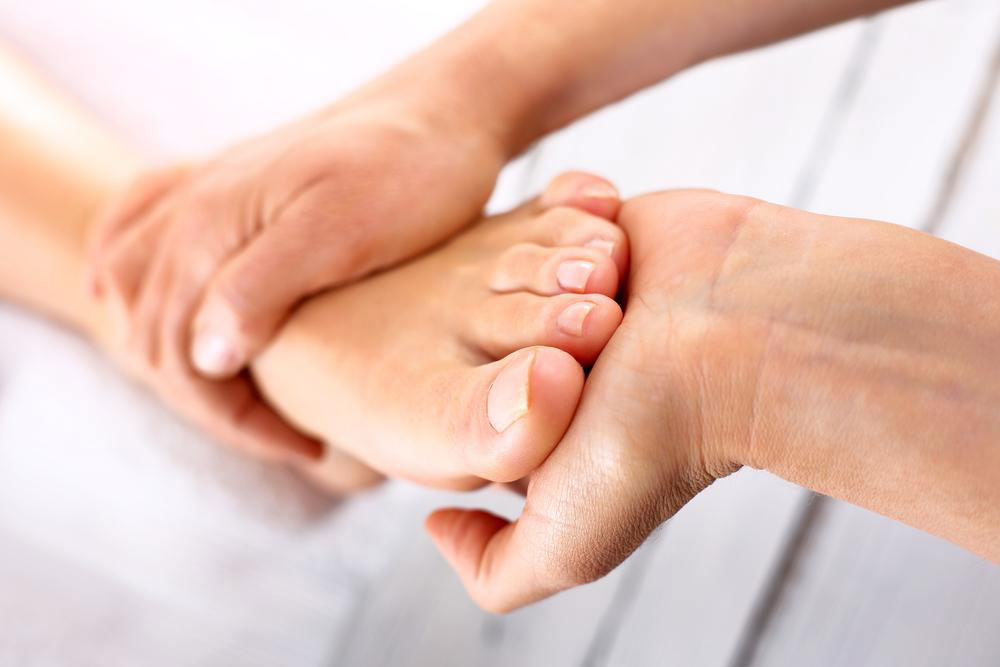Effective Methods to Alleviate Heel Pain at the Back
Learn effective and conservative methods to relieve posterior heel pain, including medication, physiotherapy, supportive devices, and natural remedies. Early treatment can prevent severity and restore mobility. Discover practical tips and therapies designed to manage heel discomfort, with emphasis on avoiding invasive procedures for quick recovery.
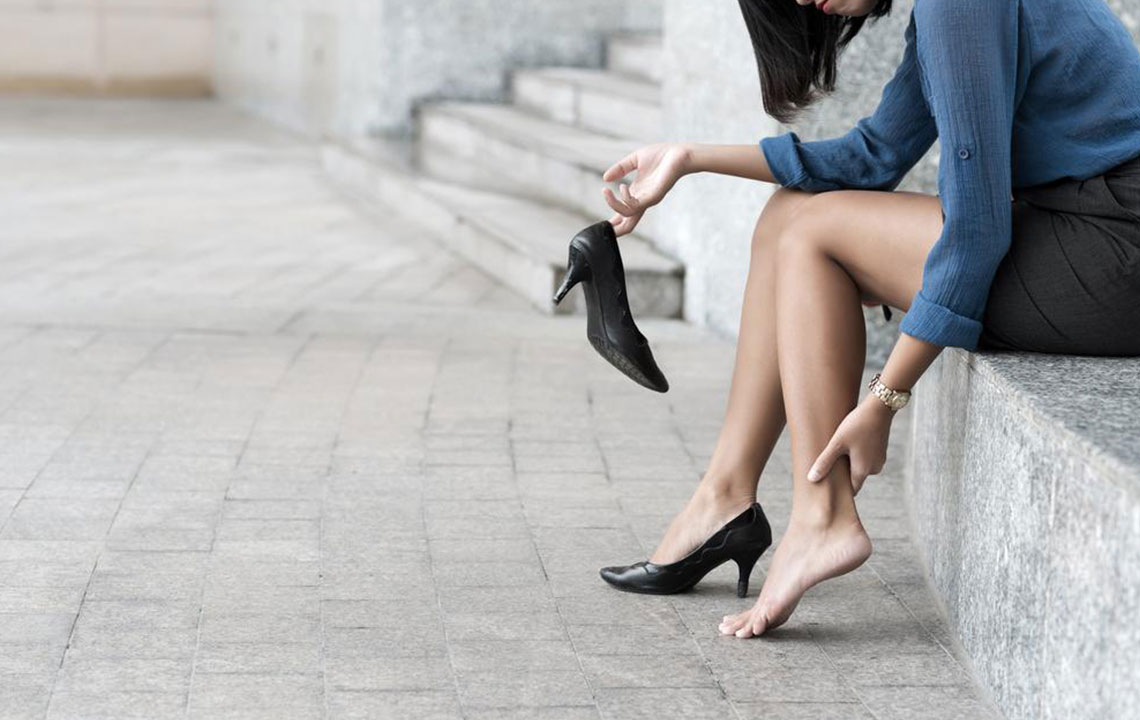
Effective Methods to Alleviate Heel Pain at the Back
Experiencing a sudden, sharp ache at the back of your heel? This discomfort may occur after prolonged walking, intense physical activity, or standing in a line for a long time. You might notice a heavy feeling accompanied by pain that makes movement difficult. If this sounds familiar, you could be dealing with heel posterior pain. Recognizing and addressing this condition early is crucial for recovery and maintaining mobility.
Why is treating posterior heel pain important?
Heel pain is a common foot ailment often involving inflammation of tendons connected to the heel bone. The heel has the body's longest bone and endures significant stress daily, making it prone to overuse and injury. While severe cases can hinder walking or immobilize the individual, most heel pains are manageable with appropriate treatment.
Humans have about 26 bones in each foot, with the heel bone being prominent and vulnerable to strain. Daily activities exert pressure on the heel, sometimes causing it to become overworked. Heel discomfort varies from mild to severe, potentially impacting walking ability. Fortunately, most cases respond well to targeted treatments that focus on reducing inflammation and promoting healing.
Common Causes of Heel Posterior Pain
Most heel pain results from mechanical stress, but factors like arthritis, infections, nerve issues, autoimmune conditions, trauma, or systemic illnesses can also be responsible.
Appropriate Treatment Options
The majority of patients recover fully when using proper treatment strategies that avoid invasive procedures. Conservative methods focus on pain relief and inflammation reduction.
Use of Non-Steroidal Anti-Inflammatory Drugs (NSAIDs)
Painkillers like analgesics and antipyretics not only diminish pain but also reduce inflammation when taken in appropriate doses. They are non-addictive and effective for managing plantar fasciitis-related symptoms.
Corticosteroid Application
When NSAIDs are ineffective, corticosteroid creams or injections administered directly to the affected area can provide relief. These treatments help reduce inflammation more robustly.
Ice Therapy
Applying ice packs to the heel provides immediate pain and swelling relief. Rest, supportive footwear, and proper foot supports also aid in healing.
Physiotherapy and Exercises
A skilled physiotherapist can guide you through exercises to strengthen lower leg muscles and stretch the plantar fascia and Achilles tendon, facilitating recovery.
Night Splints
Wearing splints overnight keeps the Achilles and plantar fascia stretched, alleviating morning pain and tension in the heel area.
Orthopedic Supports
Custom insoles and orthotic devices help correct foot alignment, cushion the heel, and support healing processes.
Extracorporeal Shock Wave Therapy
This therapy uses sound waves to stimulate healing in stubborn, chronic heel pain cases unresponsive to initial treatments.
Surgical Intervention
Surgery, such as separating the plantar fascia from the heel bone, is reserved for cases where all conservative options have failed.
Natural Remedies for Heel Pain
Incorporating vitamins and minerals essential for foot health can hasten recovery, especially in severe cases. Warm foot soaks with Epsom salts or linseed oil compresses can soothe pain. Compression bandages reduce swelling cautiously, avoiding tightness that hampers blood flow. Elevating your foot above heart level helps decrease inflammation by enhancing circulation.
By adopting these approaches, relief from posterior heel pain is achievable, promoting faster recovery and improved mobility.

